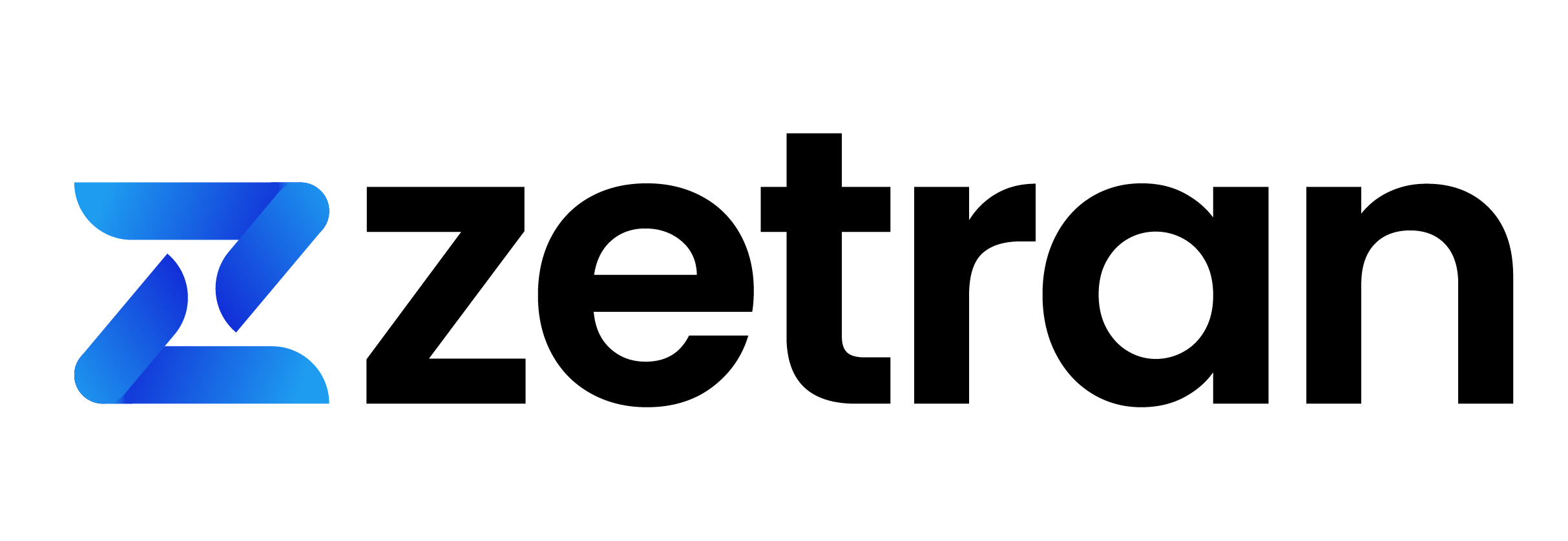Complete Cash Flow Statement | Definition | Explanation | Examples
A cash flow statement is used to determine the cash that enters and leaves your business.
After the balance sheet & income statements, the cash flow statement is 3rd most key financial statement for maintaining your accounts.
What is a Cash Flow Statement?
The cash flow statement is a typical financial statement that guides businesses in determining the cash on hand in a specific time period.
Income statements determine the money spent & earned but they will necessarily not tell you the cash on hand during a specific time.
Even the accrual accounting will tend to record both the business income and expense during either earned or incurred. These are not recorded by the business, either while the money is entered or while it leaves the bank.
What is the need for a Cash Flow Statement?
There are 3 main reasons for the cash flow statement requirement.
- Show the liquidity to know the operating cash flow for determining what to afford & what not to
To display the modifications in assets, equity, and liability in the state of cash inflows, outflows & cash held.
- Helps in predicting future cash flow to create cash flow projections for making long-term business plans
Structure of the cash flow statement
Here are the 4 main cash flow statement components. They are,
- Cash from operating activities
- The Cash from investing activities
- Cash from financing activities
- Non-cash activities disclosure (Added occasionally while creating GAAP (Generally Accepted Accounting Principles))
Make sure to note that the CFS is different from the balance sheet and income statement. It is because these will not hold the future income amount and the outgoing amount, documented as expenses and revenues.
Thus the above reason clearly says that cash is different from net income.
Cash from Operating Activities
The CFS operating activities contain the business activities’ sources and uses of cash.
In simple words, we can covey as it considers the amount of cash created from the business’s product or services.
Note: Typically, a modification that is made on cash accounts payable, accounts receivable inventory, and depreciation is reflected in cash from operations.
Here is the list of operational activities that may include,
- Income tax payments
- Sales of product and services receipts
- Employees salary and wage expenses
- Supplier of goods and service payments used in production
- Interest payments
- Rent payments
- And whatever additional type of operating expenses
For cases of investment business company or a trading portfolio, business payment receipts from the sales loan, equity instruments, or debits are added further. The reason is, it is a type of business activity.
Cash from Investing Activities
The investing activities will carry the business or company’s investment on any type of source and cash usage. Loans made or received to vendors or from customers respectively, any kind of payment associated with purchase or merger, or purchase or sale of an asset, will be carried in this investing activities.
In simple words, we say as the modifications in assets, equipment, or investments connect with cash from investing.
Note: There is only one particular time, that the income from an asset is accounted for estimating CFS is while the assets sold.
Typically, the modification on investing cash is a “cash-out” item. It is due to the fact – the cash is in use to purchase your business necessary equipment, buildings, or short-term purchases (eg: marketable securities). Regardless, while the business deprives assets, then the transaction is regarded as “cash-in” to estimate investing cash.
Cash from Financing Activities
Financing activities contain the cash from banks or investors, including payments made on shareholders. Repayment of debt principal (loans), payment of dividends, payments for stock repurchases will be in this category.
Modifications on financing cash are “cash-in” while there is an increase in capital and “cash-out” while the dividends are getting paid.
Finally, when the company provides the bond to the public, the company will tend to receive the financing cash. Regardless, while the company shows interest in paid bondholders, then the company is lowering its cash.
What is Cash Flow Statement Format?
Your business cash flow can be submitted in 2 formats:
Indirect Format
- Begins from net income in the income statement and modifications made for accounts receivable, payable & depreciation, etc., that estimate the cash flow from the operating activities.
- Most commonly preferred and used by businesses
Direct Format
- List different types of cash received from the customers and that cash paid to vendors or employees
- Recommended by IASB (International Accounting Standards Board)
Cash Flow Statement Example
Let us consider a company’s month ended cash flow statement
Cash Flow Statement Month Ended January 31, 2020
I. Operating Cash Flow | |
Net Income
Cash Addition Depreciation | ₹60,000
₹20,000 |
Increase in Accounts Payable
Cash Subtraction for Increase in Accounts Receivable Inventory
Net Cash Flow from Operations
| ₹10,000
(₹20,000) (₹30,000)
₹40,000 |
II. Investing Cash Flow Purchase Equipment
III. Financing Cash Flow Notes Payable
Cash Flow for December 31, 2019 |
(₹5,000)
₹7,500
₹42,500
|
In the above example, note that the cash flow statement has been divided into 3 sections Cash Flow from
- Operating Activities representing cash spend/earned in course of regular business
- Investing Activities representing cash spend/earned from investments
- Financing Activities representing cash spend/earned in course of financing a company with credits or loan
Also, negative cash flow in the above example denotes cash outflow or loss. Positive cash flow represents the money flowing into the business.
How to prepare a Cash Flow Statement?
Step 1: Open an Excel spreadsheet and enter the net income & cash balance at the start of your tracking period
Step 2: Mark inflows with a positive sign & outflows as negative
Step 3: Verify whether you have entered all incomes and expenditures for the analysis period
Step 4: Add all sections and total balance to have the final cash balance
Step 5: Subtract your starting balance from the ending balance to know whether the cash flow is positive or negative for a specific period
Formula:
Ending cash balance = Cash flow from Operating Activities + (- Cash flow from Investing Activities) + Cash flow from Financing Activities + Beginning Cash Balance





